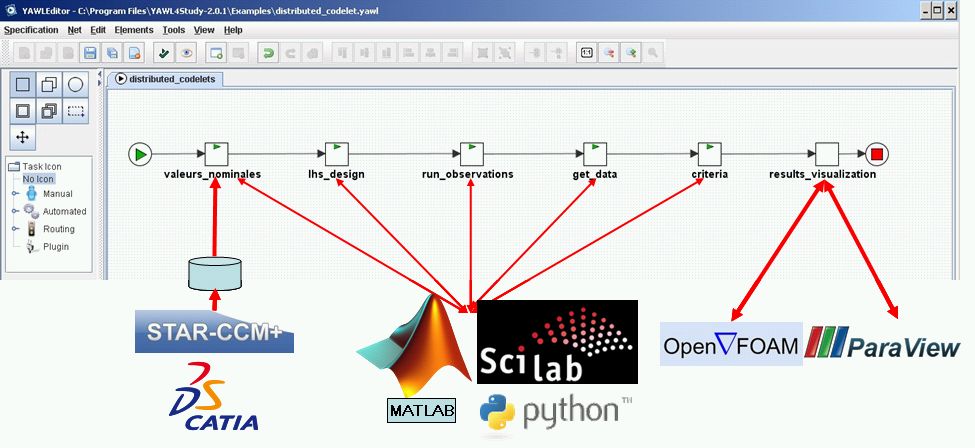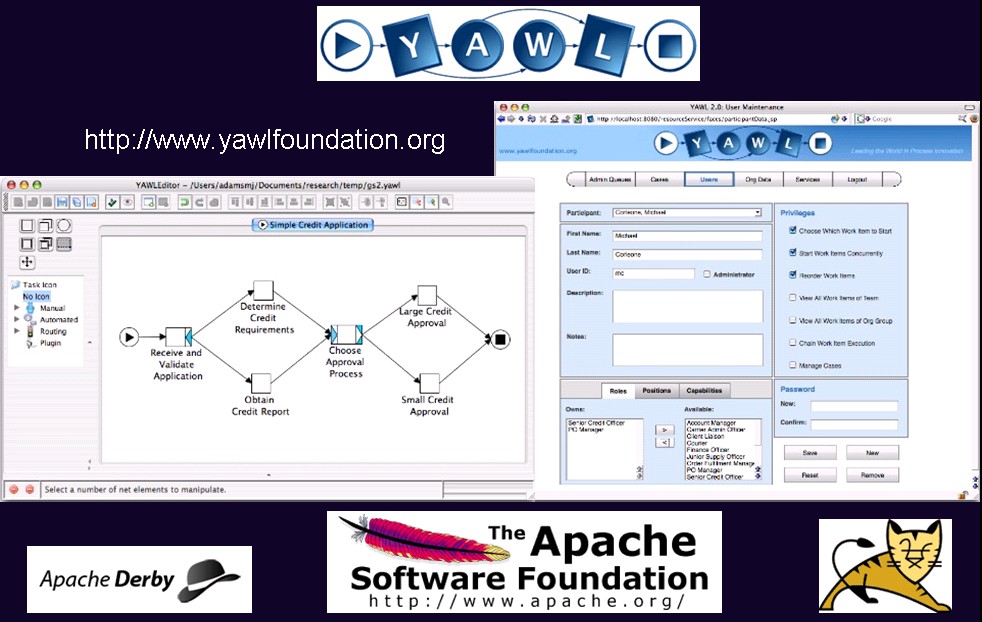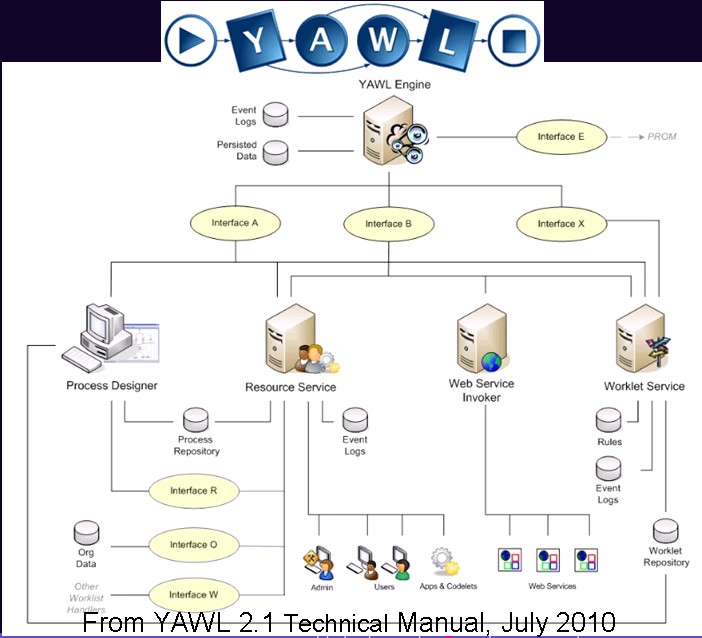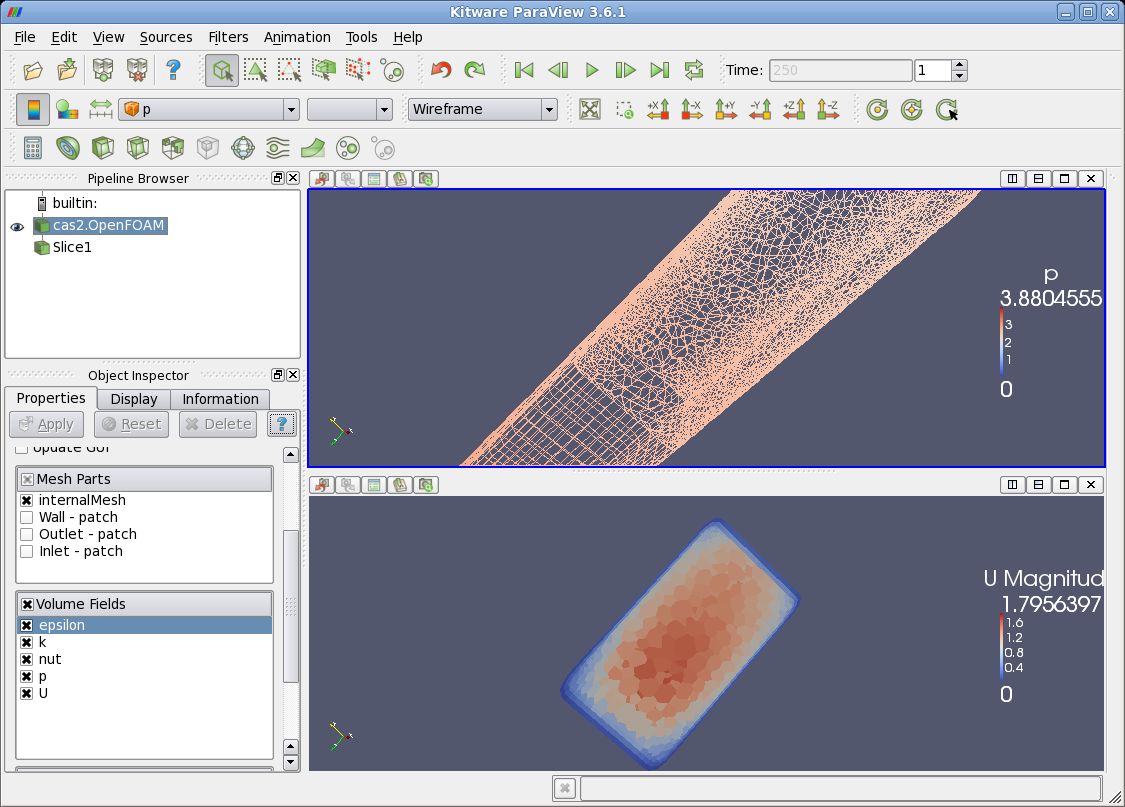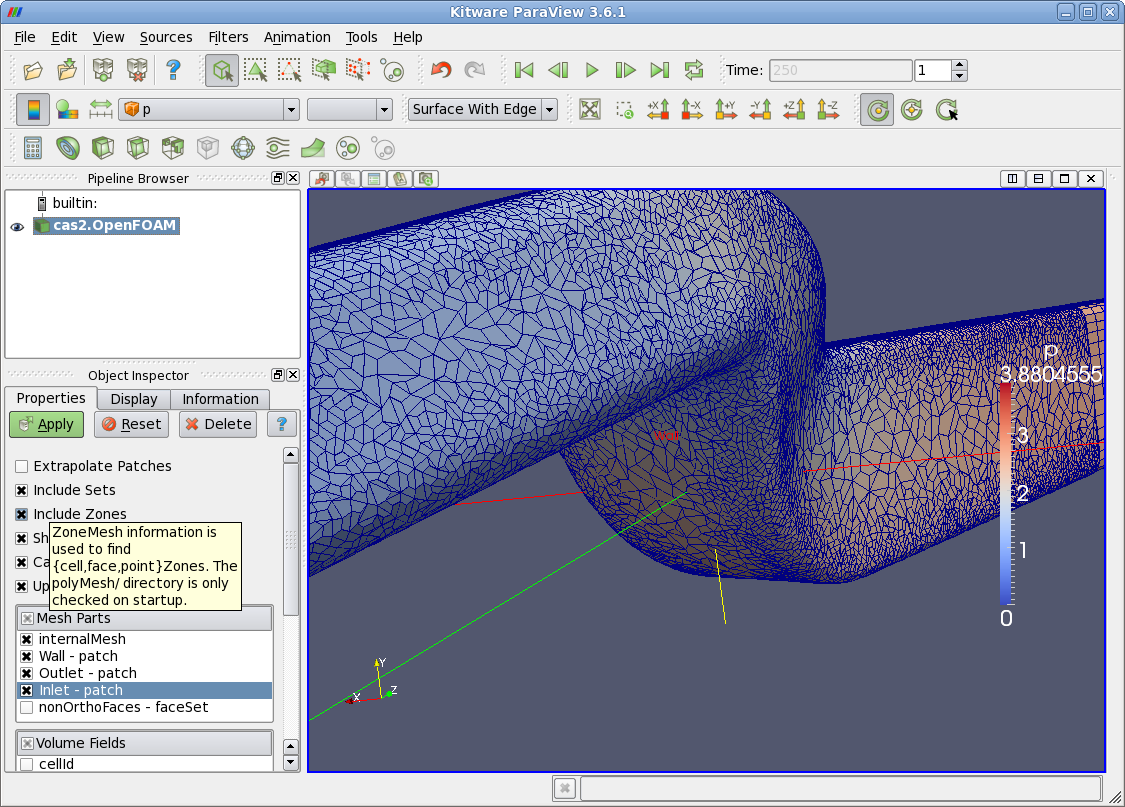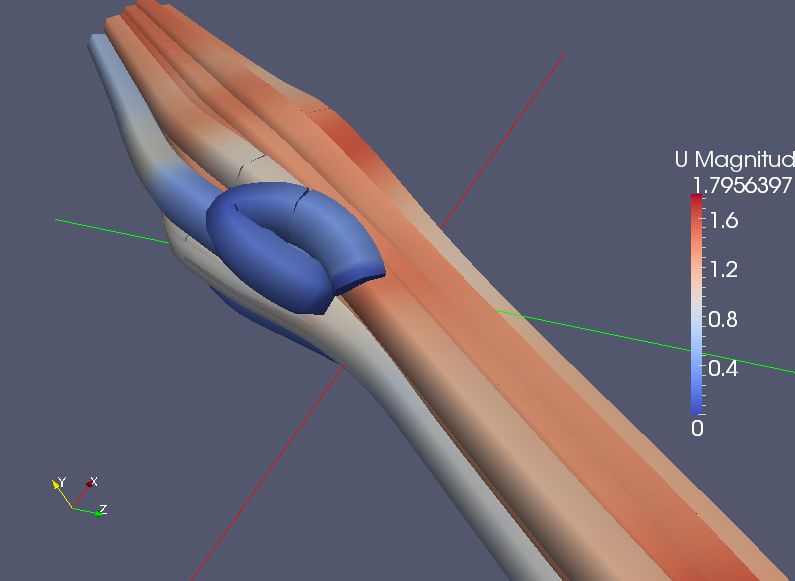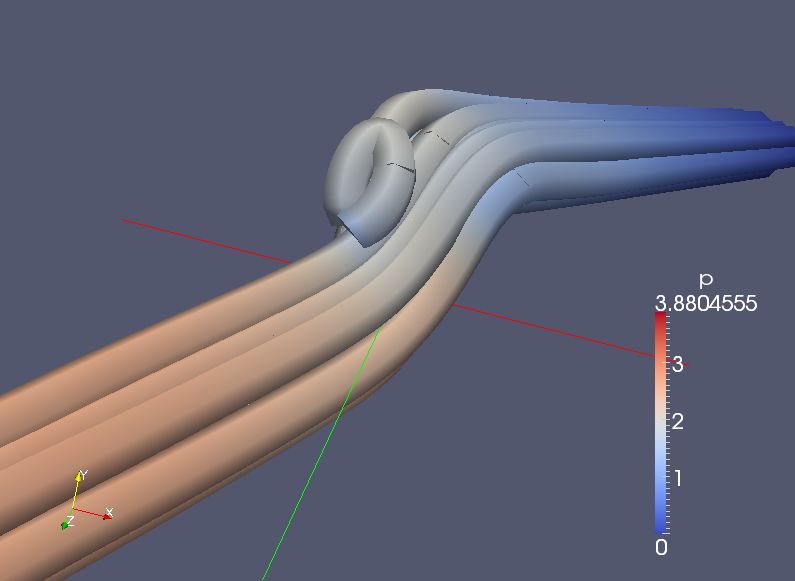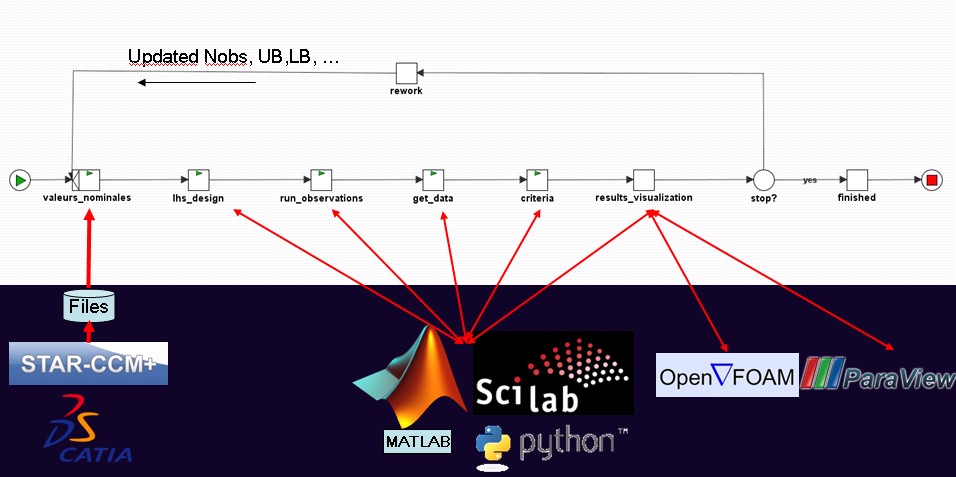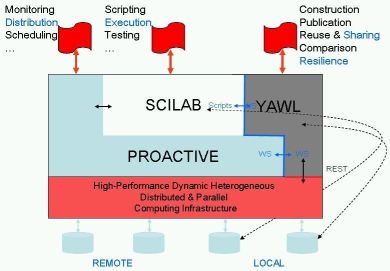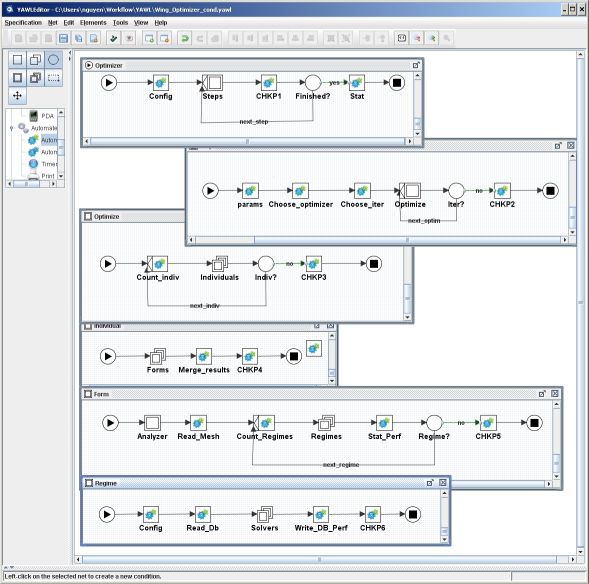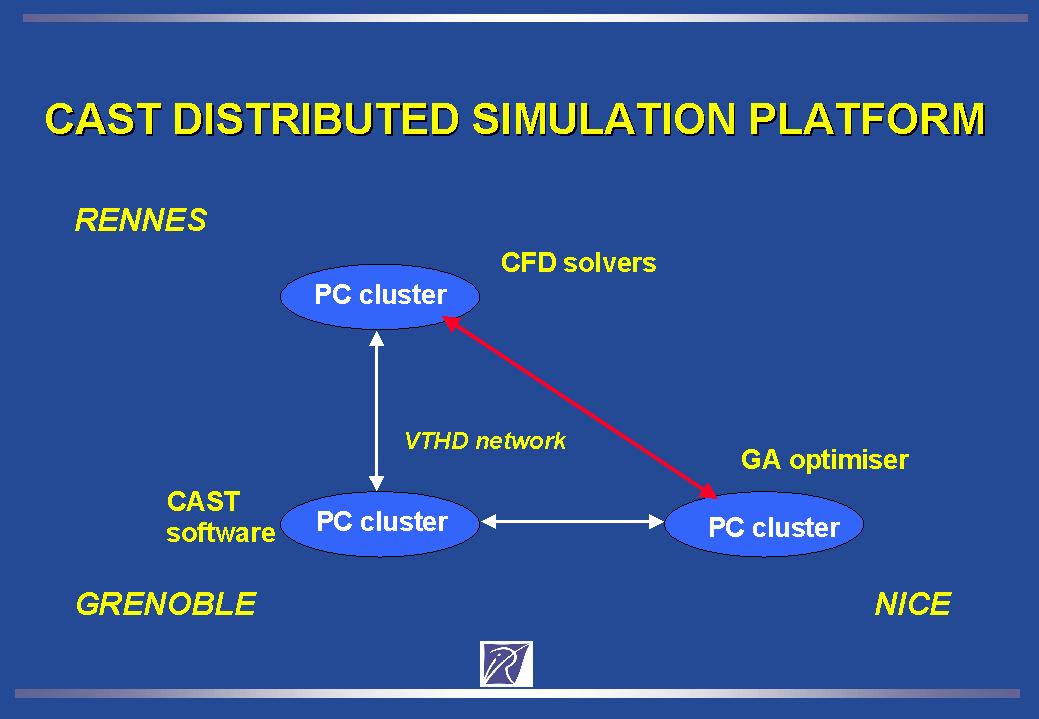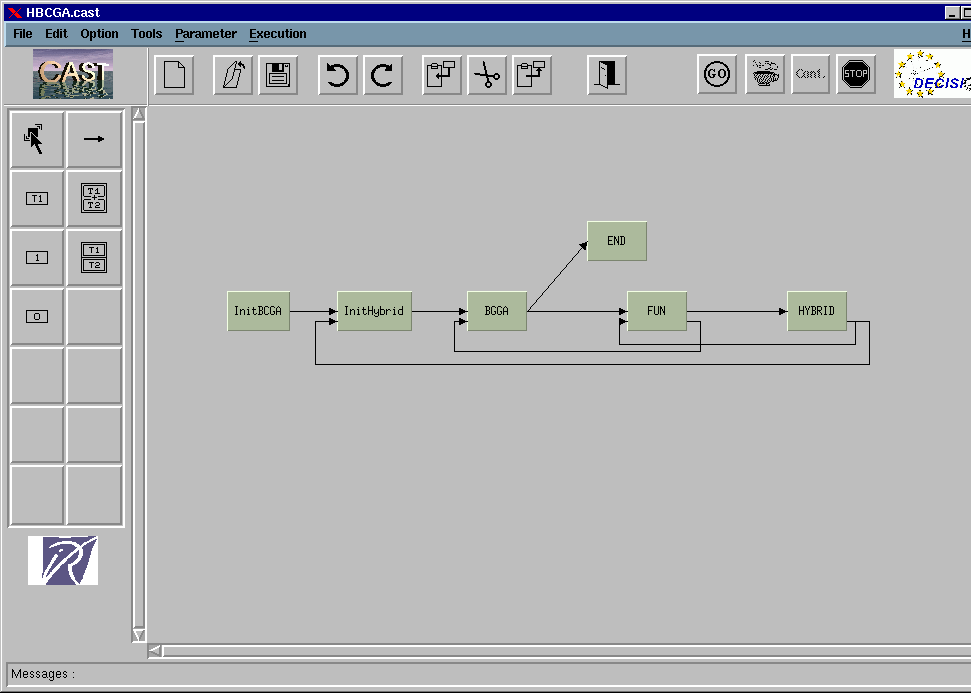The advantages demonstrated by grid-computing infrastructures and complex problem solving environments are fundamental in terms of raw computing power and massive storage media. Indeed, they allow parallel and distributed computing of demanding applications that can now be deployed on thousands of connected processors and they can connect petabytes of data through tens gigabits/sec networks at affordable cost.
So far, however, there seems to be some reluctance from the industry
to use these environments because they require expertise in the
computer science field which is currently not yet widely available on
the job market. Users have become in the last decade experts in the
manipulation of Web browsers to access inter-continental mass of data
and execute remotely located pieces of code transparently.
Unfortunately, grid computing environments are still far from providing
these seamless and flexible interfaces. New concepts and interfaces are
therefore required to alleviate these shortcomings.
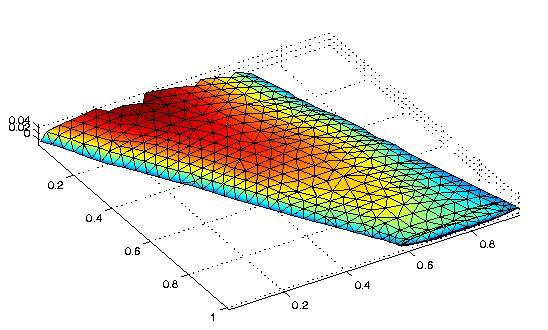
Supersonic wing profile optimisation by project OPALE.
One approach that is currently being explored by the OPALE project is the definition of virtual computing infrastructures by which users will be able to define their specific computing environment and use it with their own ad-hoc procedures. This requires the design and implementation of powerful middleware services implemented on top of existing grid environments. The goal is to provide standardised services and the corresponding procedures to help the users specify the resources and computing environment they need to run the complex (and soon, multidisciplinary) applications they currently execute. This implies the design of generic graphic problem solving interfaces, of the implementation of enabling middleware and of ad-hoc interfaces on top of existing grid environments. An international consortium has been set up on this subject, including twelve corporate and academic research institutions, as well as industry partners from Italy, Great Britain, Greece, Cyprus and France. The Opale project is one of the founding members of this consortium.
The CAST platform has also been ported on the Sophia Antipolis
cluster and several other Linux workstations in Grenoble with the
purpose of developing a grid computing environment for biomedical
applications with A. Habbal in Sophia Antipolis. An anti-angiogenesis
simulation has thus been parallelised by Jean Arnaud and is being
ported on this grid computing environment.
